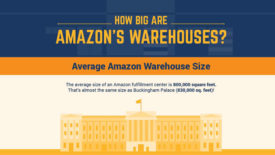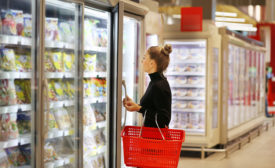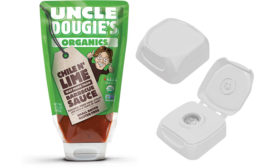Home » Keywords: » warehousing
Items Tagged with 'warehousing'
ARTICLES
How Palletizers Answer the Trends Shaping the World of Manufacturing and Warehousing
Read More
Data Watch
How Big Are Amazon’s Warehouses?
Staggering stats even by Amazon standards
June 7, 2022
Spotlight Feature, part 2 of 2
Ecommerce: Consumer Experience Meets Durability
November 12, 2019



.jpg?height=168&t=1637267045&width=275)






